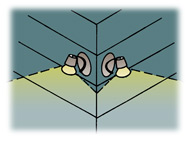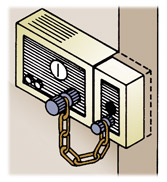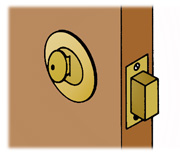 |
||
 |
||
|
|
| Read these tips and suggestions on how to secure your home
to help reduce the chances of a break-in. The steps are quite simple but
can provide peace of mind, additional security and perhaps save you from
theft.
In this document you will find information about:
|
|
|
|
 |

SOME GENERAL SAFETY PRECAUTIONS
|
|
|
|
|
FIG. 1 - Spotlights mounted in a corner can light two walls of your home. 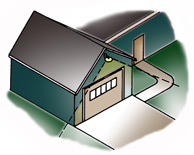 FIG. 2 - Floodlights mounted high on an end of your house provide light for a wide area. 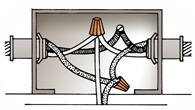 FIG. 3 - After turning off the current, you can wire a floodlight into your home's wiring system. 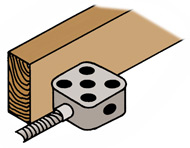 FIG. 4 - Use a junction box wherever a spotlight is to be mounted or where an extended run is to be made. 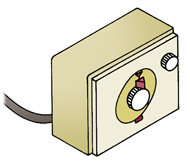 FIG. 5 - A simple plug-in timer can activate indoor and outdoor lights. |

INSTALLING LIGHTS FOR PROTECTION
|
|
|
|
|
FIG. 6 - A simple steel pin provides ventilation and security. 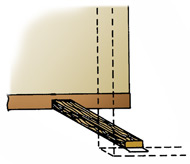 FIG. 7 - A piece of 2x4 provides protection from forced entry at night. 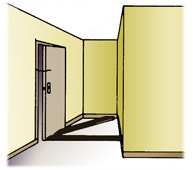 FIG. 8 - A 2x4 cut at right angles to the wall and door provides protection where the door is not directly opposite a wall. 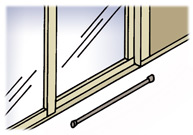 FIG. 9 - A piece of 1x2 wood, a steel rod or an aluminum rod covered with crutch tips will provide protection from forced entry on sliding patio doors.  FIG. 10 - One-way viewers allow you to observe the caller before opening the door. |

SIMPLE NON-ELECTRIC SECURITY DEVICES
|
|
|
|
|
FIG. 11 - Battery-operated door alarms and locks can be installed on any ordinary door. |

ELECTRICAL AND BATTERY-OPERATED SECURITY DEVICES
|
|
|
|
|
FIG. 12 - A cylinder deadlock adds extra protection to the door lock. 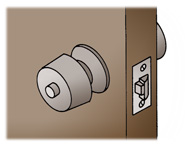 FIG. 13 - The double tubular deadlock provides protection without an unsightly appearance. 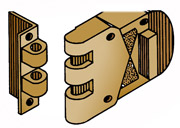 FIG. 14 - This surface-mounted cylinder deadlock is easy to mount. |

IMPROVING SECURITY WITH LOCKS
|
|
|
|
|
|
|
| Automatic Timer | One-Way Viewer |
| Rubber Cement | Battery-Operated Door Alarm |
| Folding Rule | Crutch Tips |
| Stepladder | Handsaw |
| Short Pieces of 1x2 | Spotlights |
| Outlet Box | Power Drill |
| Plug-In Timer | Screwdriver |
| Hand Drill | Wireless Intercom System |
| Felt or Rubber Sheeting | Steel Rod |
| Junction Box | |
| Check your state and local codes before starting any project. Follow all safety precautions. Information in this document has been furnished by the National Retail Hardware Association (NRHA) and associated contributors. Every effort has been made to ensure accuracy and safety. Neither NRHA, any contributor nor the retailer can be held responsible for damages or injuries resulting from the use of the information in this document. | |

